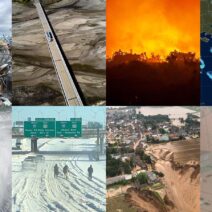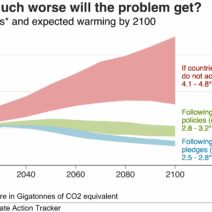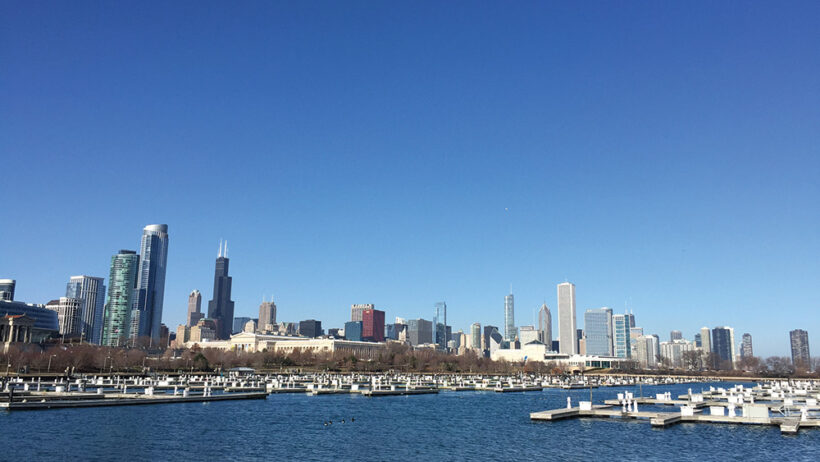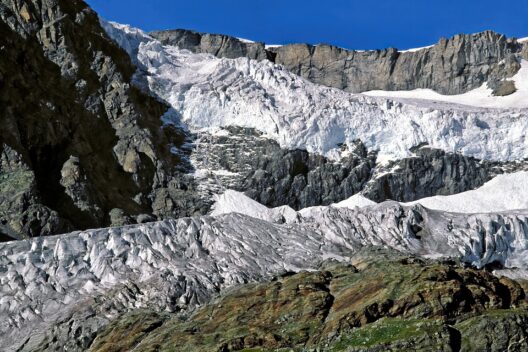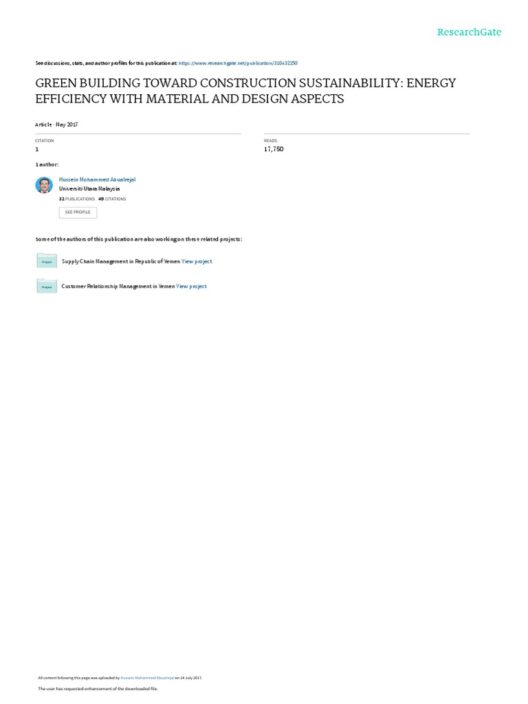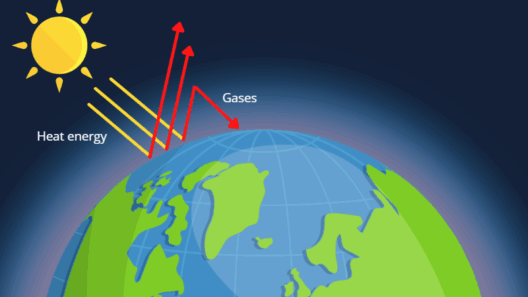In the intricate dance of ecosystems, inlets serve as the delicate lacework that stitches together coastlines and adjacent marine realms. These sheltered waterways, often tucked between headlands and connected to larger tidal flows, present a unique paradox: are they more easily protected from the encroaching specter of climate change than their more exposed counterparts? To answer this question, one must delve into the environmental dynamics that define these sanctuaries.
Historically, inlets have functioned as a critical buffer against the capricious whims of climate change. They are akin to the moat around a castle, not merely serving as a barrier but also filtering and regulating the influx of ecological elements. Their unique hydrological characteristics foster a rich biodiversity, providing refuge for numerous species that thrive in the brackish waters. Yet, as climate change accelerates, these natural barriers are increasingly tested against rising sea levels, altered sediment flows, and intensified storm surges.
One prominent advantage of inlets lies in their natural morphology. Generally, their sequestered locations allow for the gradual accumulation of sediments, creating a natural habitat that can adapt over time. This sedimentation plays a pivotal role in combatting coastal erosion, which is exacerbated by climate change. Just as a sponge retains water, inlets can absorb excess runoff and dissipate energy from storm surges, protecting inland ecosystems and human settlements alike. However, these advantages are not impervious.
The vulnerability of inlets to the broader patterns of climate change cannot be understated. While they possess the inherent capability to buffer against certain impacts, they are not immune to the cascading effects of warming temperatures. Increased precipitation and rising sea levels threaten to inundate these ecosystems, reshaping them beyond recognition. The once sheltered waters of an inlet can transform swiftly into harbors for invasive species and pollutants if not diligently monitored and protected.
Furthermore, anthropogenic pressures complicate the idyllic scenario of inlet protection. Urban expansion often encroaches upon these vital areas, disrupting their natural functions. Just as a human body falters when its organs are compromised, the ecological health of an inlet can deteriorate when connected watersheds are polluted or when vegetation is cleared for development. This human interference tends to create a feedback loop of degradation, where climate change impacts exacerbate existing vulnerabilities and vice versa.
Moreover, the connectivity of inlets with broader marine ecosystems presents both an opportunity and a challenge. They serve as critical nurseries for juvenile fish and other marine organisms, but this interdependence means that localised changes can reverberate through the entire marine food web. The intricate balance of life sustained in these inlets is vulnerable to fluctuations in temperature, salinity, and nutrient loading. In this light, safeguarding inlets encompasses broader environmental stewardship, necessitating comprehensive land-use planning and watershed management strategies.
Another salient aspect of protecting inlets is the role of local governance and community engagement. Unlike vast ocean expanses, inlets are often subject to localized management practices. Stakeholders, such as coastal communities, businesses, and environmental organizations, can unite to advocate for preservation efforts, ensuring that these ecosystems are resilient to climate-induced stressors. This communal approach transforms inlets into collaborative bastions against degradation. However, achieving this solidarity requires a concerted effort—like crafting a tapestry woven from diverse threads—each representing a unique perspective and contribution to the shared goal of environmental integrity.
Moreover, technology plays a burgeoning role in the monitoring and management of these precious ecological zones. Advances in remote sensing and modeling tools enable researchers to fathom the complexities of inlet systems. By harnessing the power of data, communities can identify vulnerabilities and devise responsive strategies. Such initiatives serve as an insurance policy against the uncertain future that climate change portends.
As the discourse surrounding climate change continues to expand, the spotlight on inlets must intensify. They are not merely passive entities waiting to be affected by external forces; they are active participants in the narrative of adaptive resilience. By understanding their unique attributes and vulnerabilities, society can formulate protection strategies tailored to the intricate dance of nature. They can become champions of ecological sustainability if regarded as dynamic systems that require constant vigilance and proactive stewardship.
In conclusion, while inlets display certain advantages that may render them easier to protect against climate change impacts, they are also caught in the web of broader ecological and anthropogenic challenges. The delicate balance that defines these ecosystems must be ardently preserved. Just as the tides ebb and flow, so too must our commitment to safeguarding inlets as integral components of our planet’s future. Building resilience requires knowledge, collaboration, and sustained action. Inlets are not just localized ecosystems; they are linchpins in the intricate machinery of life, worth every effort to protect as guardians of our coastal heritage.

